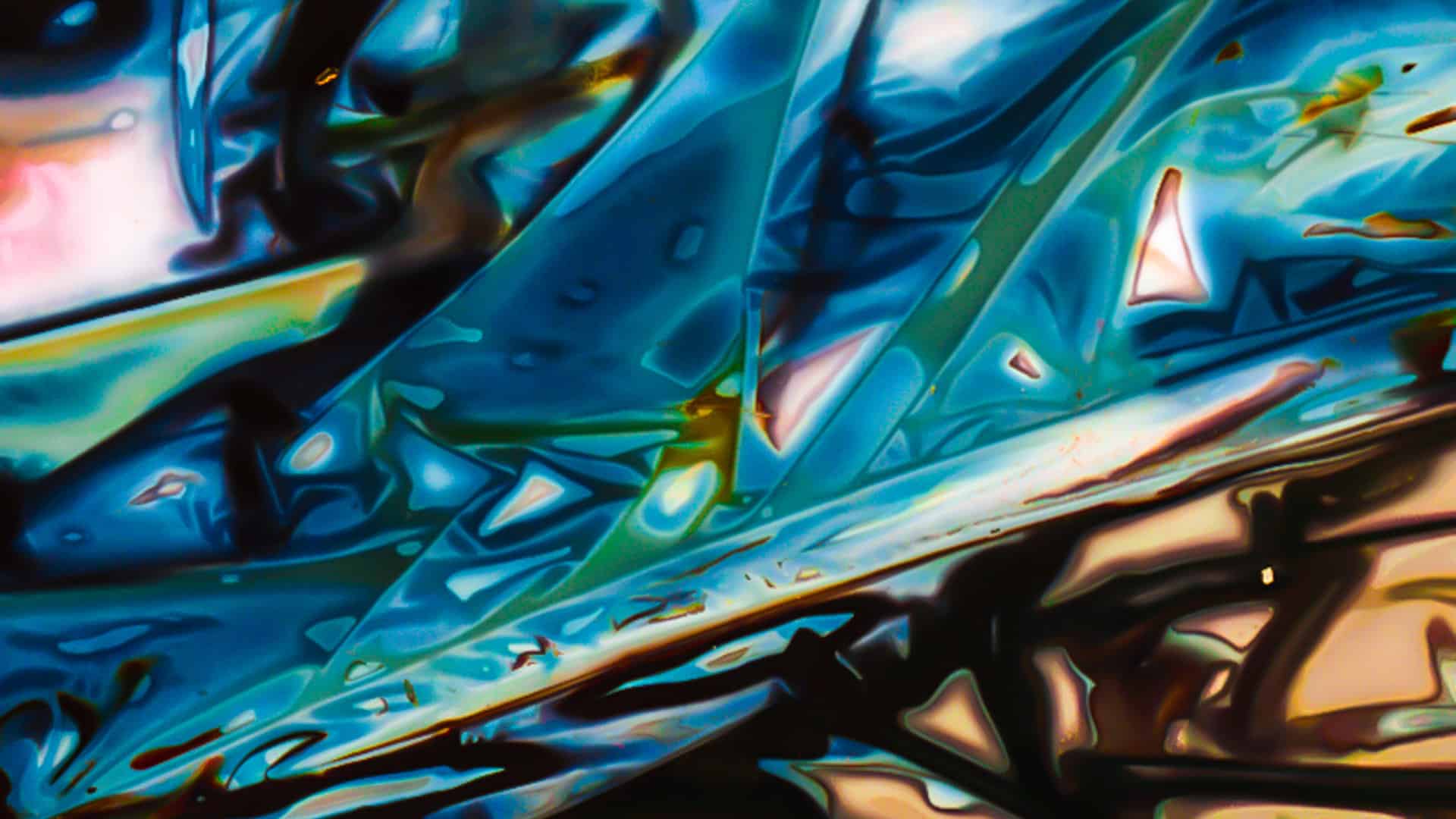In the history of photography, cameraless photography has always been relegated to the background. Too personal, too experimental, too strange, too iconoclastic. And yet, it is actually much older than camera photography! Praised by the Avant-garde artists, it is now a field of chemical, technological and philosophical exploration for contemporary artists, and it challenges our preconceived notions about photography.

You’re getting blind.
Don’t miss the best of visual arts. Subscribe for $9 per month or $108 $90 per year.
Already suscribed ?


